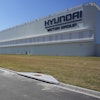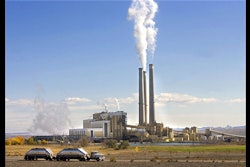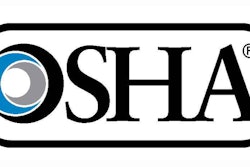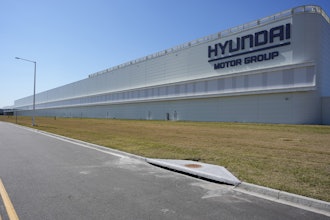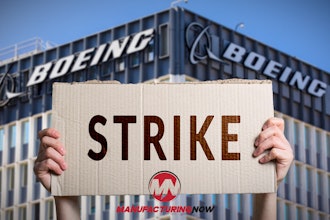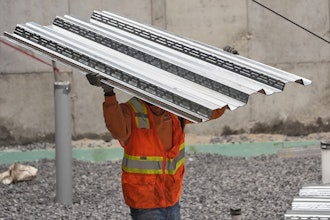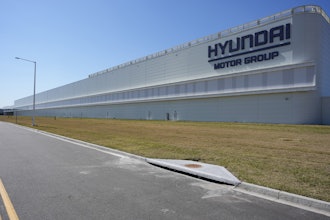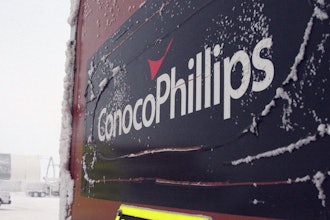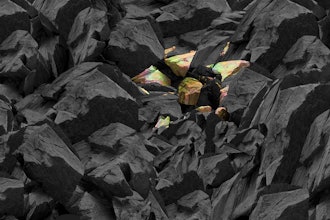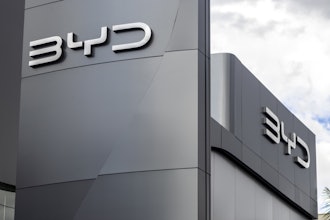In the food and beverage industry, where profit margins can be very finely balanced, justifying capital expenditure on product inspection equipment can be a significant challenge. It is a major investment — as quality managers are well aware — but a necessary one if quality assurance is to be executed effectively and regulatory requirements adhered to. Some systems are more affordable than others if sale price alone is looked at, but those with the commercial power to release funds for major outlays would do best to take a step back and consider the bigger picture in terms of total cost of ownership (TCO).
With a longer game in mind, the benefits X-ray delivers enables systems to pay for themselves and more — and a lot faster than many CFOs may assume. Internally, it is often the job of a quality manager to make an effective case for new inspection technologies and, in the majority of cases, these managers are already convinced. The challenge lies in presenting a solid business case to the holders of the purse strings. By working with an expert provider of X-ray systems, it is easy to reinforce TCO figures and value propositions with robust data taken directly from the field. This enables customers to invest with complete confidence.
The Business Benefits of X-Ray Systems
Brand protection is guarded on many levels by X-ray technology, which is a critical consideration given the competitiveness in the sector. Product recalls can occur for many reasons — not simply contaminant detection — and can be catastrophically expensive on multiple levels. In addition to detecting contaminants such as metal, glass, mineral stone, calcified bone and high density plastic and rubber, X-ray systems also add considerable value through their ability to perform a range of quality checks simultaneously. This is important for those manufacturers looking to broaden their horizons through new business, as major retailers globally are increasingly only awarding contracts to those who can offer the reassurance of X-ray inspected goods. The ability to offer customers a system that can prove due diligence in the event of a problem, for example, is a highly desirable selling point.
Through increased productivity and this ability to perform a wide range of quality assurance tasks, X-ray systems drive extremely attractive TCO figures when compared to alternate technologies. It is important to work with an expert provider, as the robustness and reliability of the system will have an impact on TCO. It is not cost-effective to have to replace expensive parts early on in the system’s life cycle, for example. By working with a company with a reputation for quality, manufacturers can reap the benefits associated with the longevity of components, the durability of the system and also the minimal intervention required by operatives with a state of the art X-ray device.
Talking X-Ray Technology
X-ray machines deliver unrivaled physical contaminant detection within a variety of food and beverage products, and are able to do so in situations where other technologies may not be suitable. It is often used where packaging materials contain metal or foil, for example, or where a HACCP audit has identified that products are at risk from physical contaminants other than metal. X-ray also excels in instances where product temperature or salinity can vary during the production process, as it can combat “product effect” — the reading generated from the product itself — which can often lead to unwanted false rejects in metal detector applications and, therefore, increased wastage. Variations in temperature and salinity have no effect on sensitivity with X-ray.
Two types of X-ray technology are used for food inspection today: single energy and dual energy. Single energy X-ray inspection technology used to inspect food products for contamination is very effective at detecting foreign bodies that exhibit an X-ray absorption spike relative to the surrounding product’s absorption. Such systems give food manufacturers exceptional levels of detection for stainless steel, ferrous and non-ferrous metals.
Dual energy technology is better at detecting objects that show a very small X-ray absorption variation — such as bags of mixed salad leaves, cereals, nuts and confectionery. This means that dense foreign bodies in dense products are more easily detected using dual energy technology compared with single energy. For example, dual energy makes it possible to detect flat glass and stone in mixed nuts, both of which can be challenging to detect using single energy detectors.
The Many Quality Assurance Benefits of X-Ray
One of X-ray’s key drivers in terms of TCO is its ability to perform its functions inline. This is important, as 100 percent of product can be inspected with no loss of production speed — allowing manufacturers to operate without speed limitations from the inspection system. But there are also many other features.
X-ray systems can measure product weight, width, area and volume, which can enable manufacturers to identify products that do not look right — even if they are the correct weight. They can also check for missing or broken products inside final sealed packaging that cannot be seen — or counted — by the human eye, at the same time checking that the seals themselves have not been compromised by food debris.
Mass measurement and fill levels can also be monitored, which is a constant challenge to food and beverage manufacturers. The overall mass of products can be measured to ensure they are within weights and measures parameters, and even individual compartments can be checked to ensure mass and component counts are correct. A major advantage is that the X-ray system can also be linked to filling machines directly, providing feedback if fill levels fall outside of specification.
Investing in X-ray can negate the need to purchase additional systems – such as checkweighing and vision technologies. This means that the footprint of a production line can be kept to a minimum, along with accumulated capital equipment costs. From a business perspective, if looked at as it should be, the case for investing in X-ray is nothing short of clean cut.

